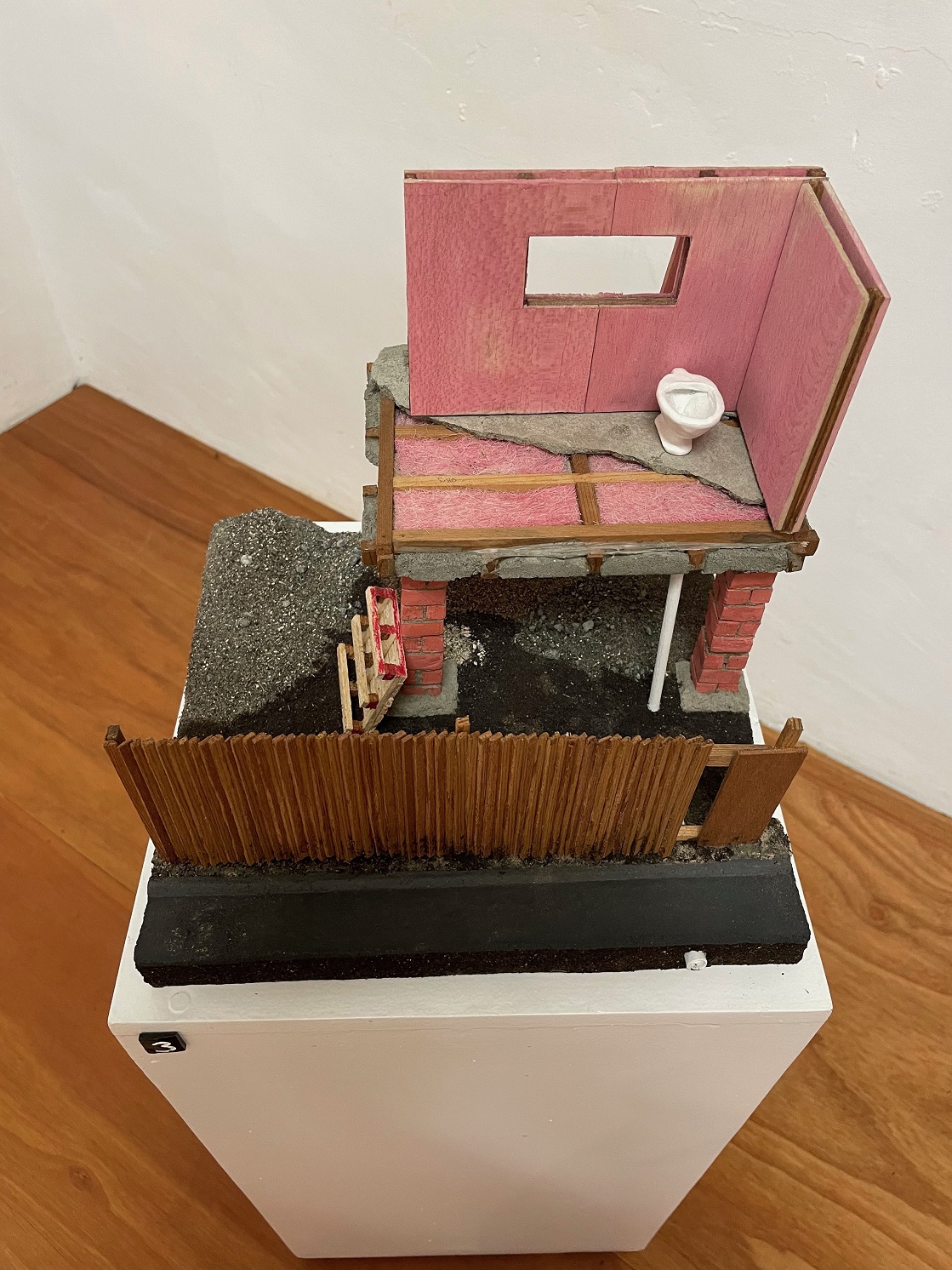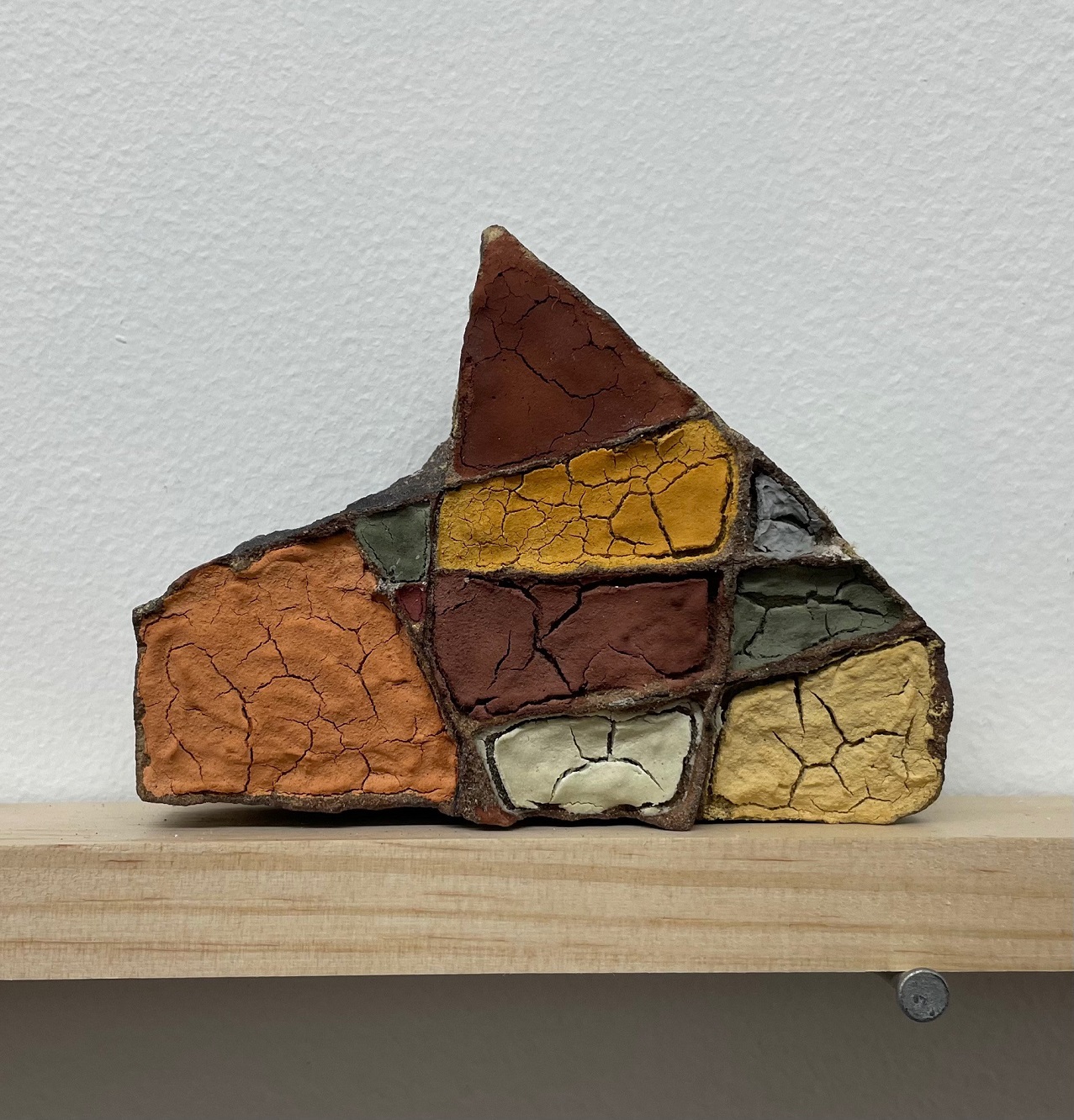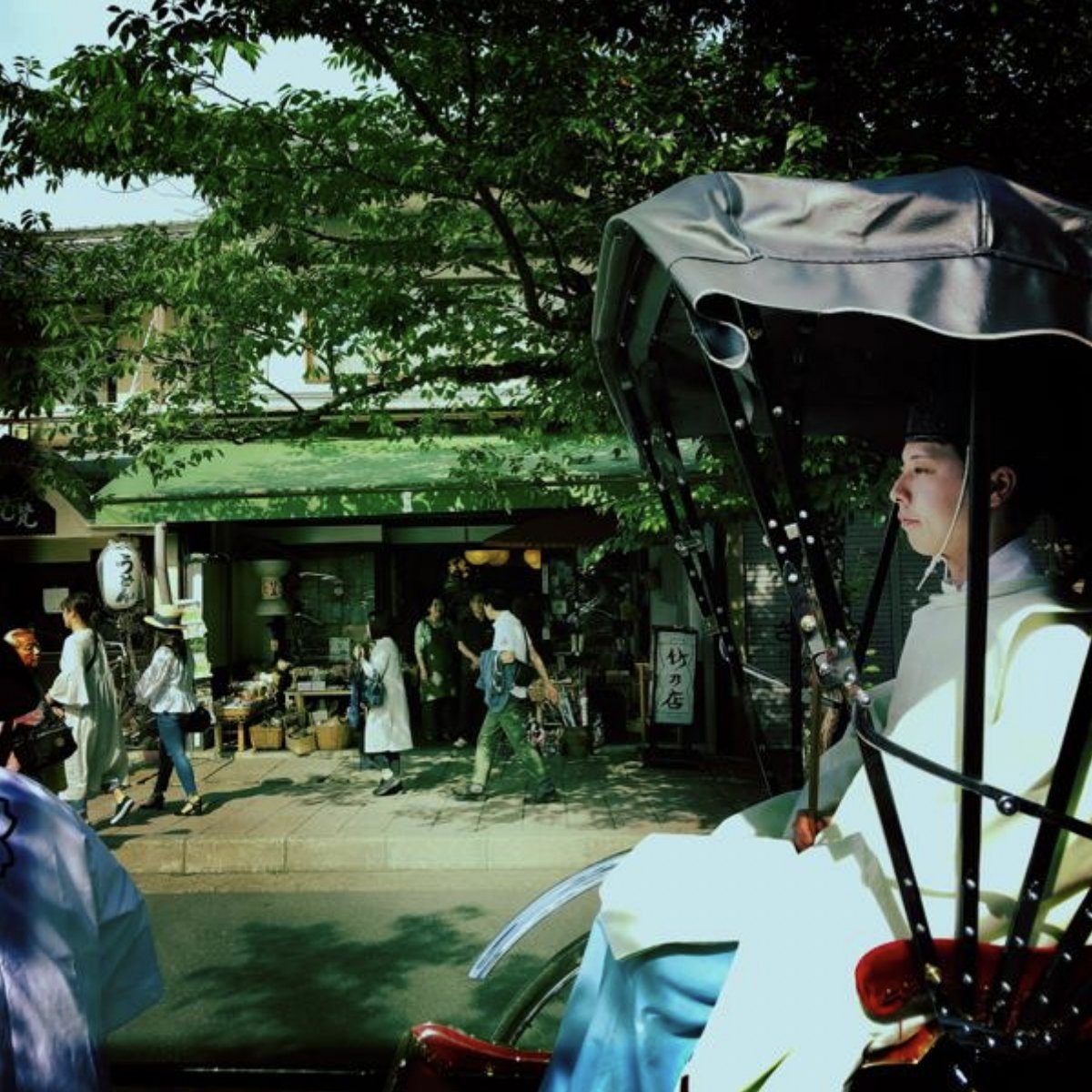
Liam Hoffman (Favour, 418 Princes St)
The "Private Resource Development Portfolio" assembled by musician and artist Liam Hoffman includes maquettes of structures that are primarily in existence, such as a brick wall, a dilapidated “do-up” for a developer, a signal transmitter, an extraction site and structures that are speculative: A monument to raw materials and a Memorial for local industry. While the majority of the maquettes embody architectural and technological structures of late-stage capitalism, the two monuments identified above are speculative — in the sense that they might or could exist at some point in the future, but at present do not. This juxtaposition creates an engaging tension by distributing memorials amidst the everyday manifestations of resource extraction and capitalism.
Of the two memorials, A monument to raw materials is especially compelling. On one reading, this monument would of course never exist (would diminishing raw materials really be diverted from money making to memory making?). If the monument were to be made, however, its existence could represent either a form of atonement for what was taken from the earth and squandered, or signal apocalypse-core levels of destruction. As a result of these possible interpretations, the work goes further than presenting scaled-down versions of what we already know and see around us.
Hoffman intentionally uses corporate terminology to highlight its capacity for estranging human beings from the earth and other living beings. Terms such as “resource”, “raw materials” and “development” are deployed to sound as hollow and incomplete as many of the maquettes.

The earth and fibre works in "re: place" by Whakatane-based artist Sarah Hudson (Ngati Awa, Ngai Tuhoe, Ngati Pukeko) will be returned to Whakaohorahi Broad Bay on Muaupoko Otago Peninsula — their whenua of origin — at the close of the exhibition in mid-June. Over the past three months as the Caselberg resident, Hudson has practised the Tuhoe concept of matemateaone, or “longing for and belonging to the land” along the shores of the peninsula. For Hudson, this artistic and cultural practice involved walking and observing peninsula life, researching whakapapa, gathering small amounts of earth, pressing clay into small sculptural forms, the grinding of earth pigments, painting earth pigments on to large hanging canvases and making two HD video works.
In mid-June, the small vials filled with ground pigment in ochres and reds will be emptied on Muaupoko and the organic sculptural forms (some painted with pigment) will likewise be returned to the whenua. This “archive,” as Hudson describes the long shelf supporting the vials and sculptures, is installed on the left-hand side of the front gallery space. On the opposite of the gallery, the large vertical, earth-pigment canvases sustain the colour palette of the archive, a stelae (slab monument) shape and a stylised hand motif. Together, these elements embody respect and kaitiakitanga (stewardship) of and for Muaupoko. There is a sense of both holding and being held by the whenua and the taiao (nature). For Hudson, such practices of being and making are acts of Maori art sovereignty.

Rachel Hope Allan (RDS)
Perhaps one of the greatest challenges of artists working with the medium of photography is to frame a subject or scene in a way that hasn’t been seen or done before. Or perhaps this is only the desire of a viewer living in a world of visual saturation. Rachel Hope Allan’s photographic exhibition of Japanese street scenes shot on an iPhone invites these desires. On the one hand, Allan deploys a ubiquitous if expensive device — the iPhone — but on the other hand, the photographs are archival prints on a range of specialist papers. This melding of everyday and fine art materials is not in or of itself especially unique, and the artist does not confine her intentions to this juxtaposition. But it is nevertheless a point of difference that sets the photographer apart from the everyday user of an iPhone camera.
The veracity of photographs, their ability to capture and convey likeness and realism provoke a variety of responses based on a person’s life experiences. For a viewer who has spent a lot of time in Japan, like the artist, these photographs may well elicit nostalgia or trigger memories. For another viewer, Allan’s photographs of a Japanese street vendor selling squid, traditional architecture, or a Shinto priest riding in an open carriage will inevitably register as exotic.
A photograph that quietly subverts any charge of exoticism is a subtle triptych in black and white of two windows separated by floating jellyfish. The subtlety of the composition is disarming and truly otherworldly.
By Robyn Maree Pickens











